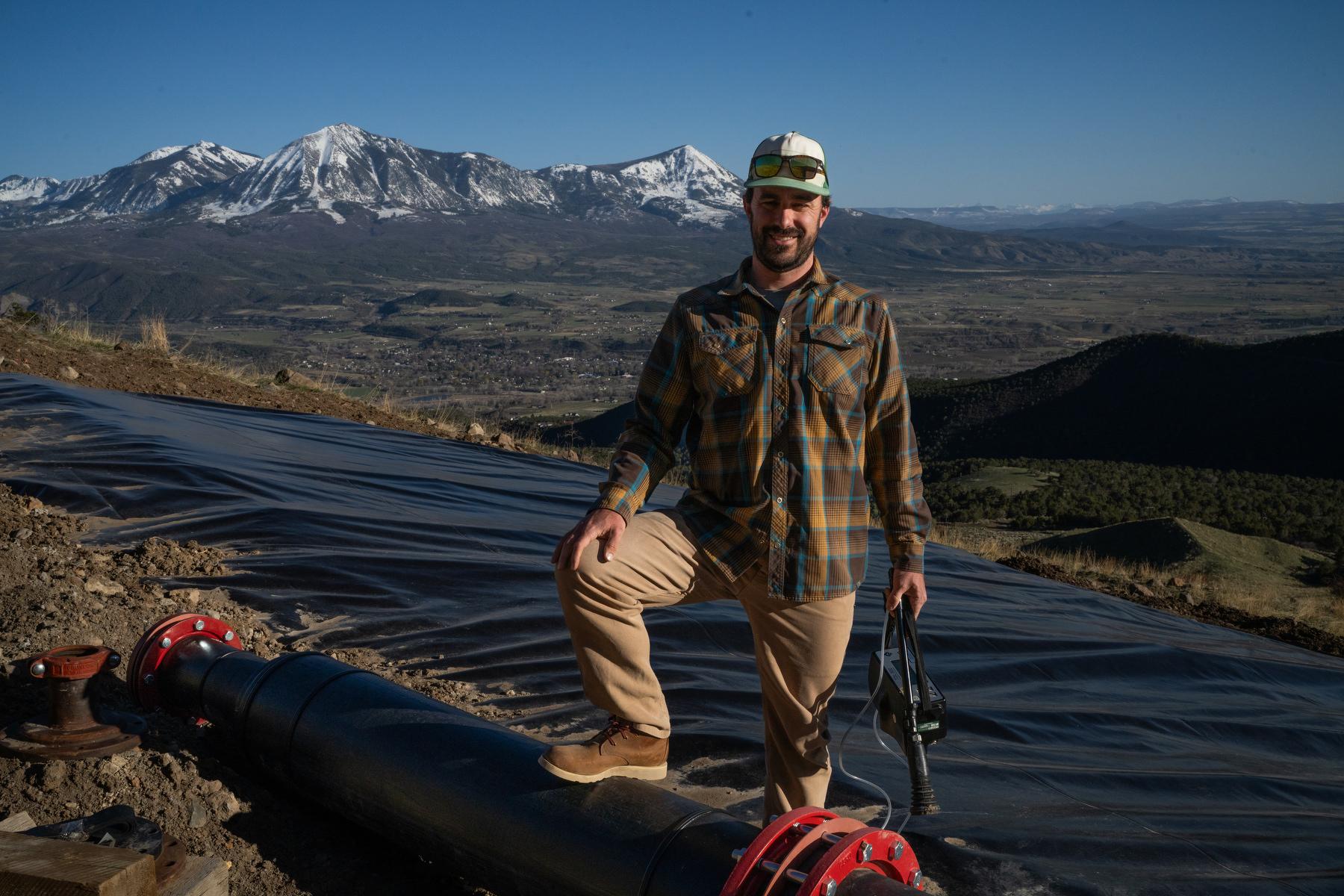
On a mountainside overlooking Paonia, Colo., Chris Caskey tucks a nozzle underneath a tarp covering the buried entrance to an abandoned coal mine. It feeds gas into an instrument held at his hip, triggering a furious volley of beeps and flashes.
“That proves there is definitely methane under this tarp. Twenty years after the mine closed, it’s still coming out,” Caskey said.
Caskey, a chemistry professor-turned-entrepreneur, worked with a business partner to purchase the Bowie No. 1 site late last year. A 2016 state report found it's one of more than 15 major inactive coal mines in Colorado’s North Fork Valley leaking large amounts of methane, a greenhouse gas 86 times more potent than carbon dioxide in the first two decades after its release.
His main plan to address the problem is straightforward. In the next few weeks, he’ll start piping the gas beneath the tarp to an oxidizer, a 60-foot-long, 3-foot-wide steel tube below the mine opening. A sparkplug at one end will then ignite and burn the gas, allowing the operation to sell carbon offsets to other private companies.
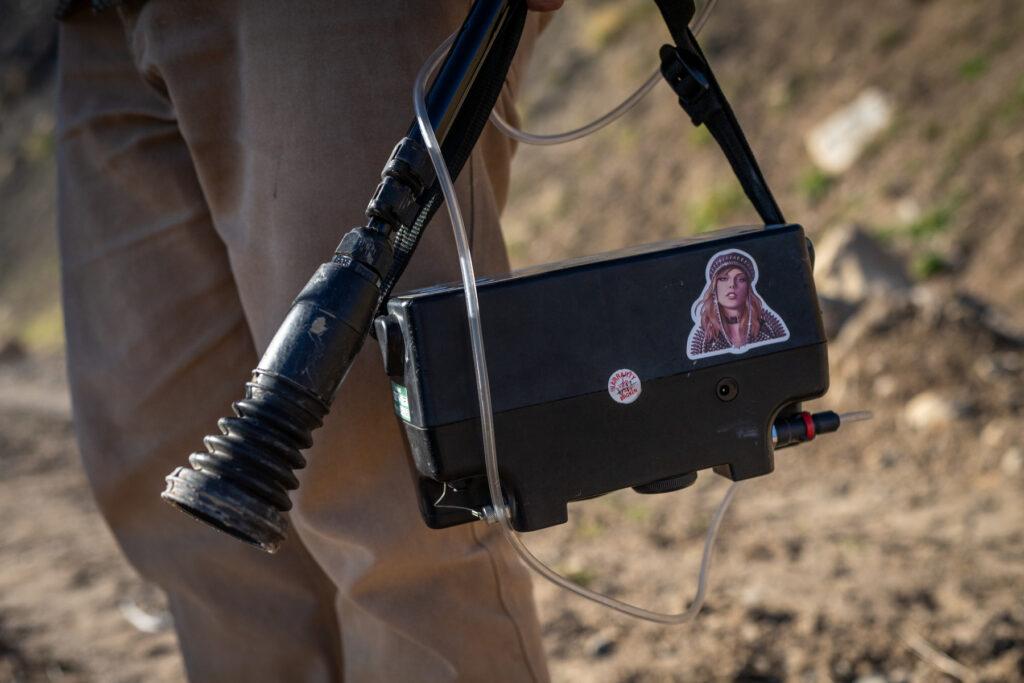
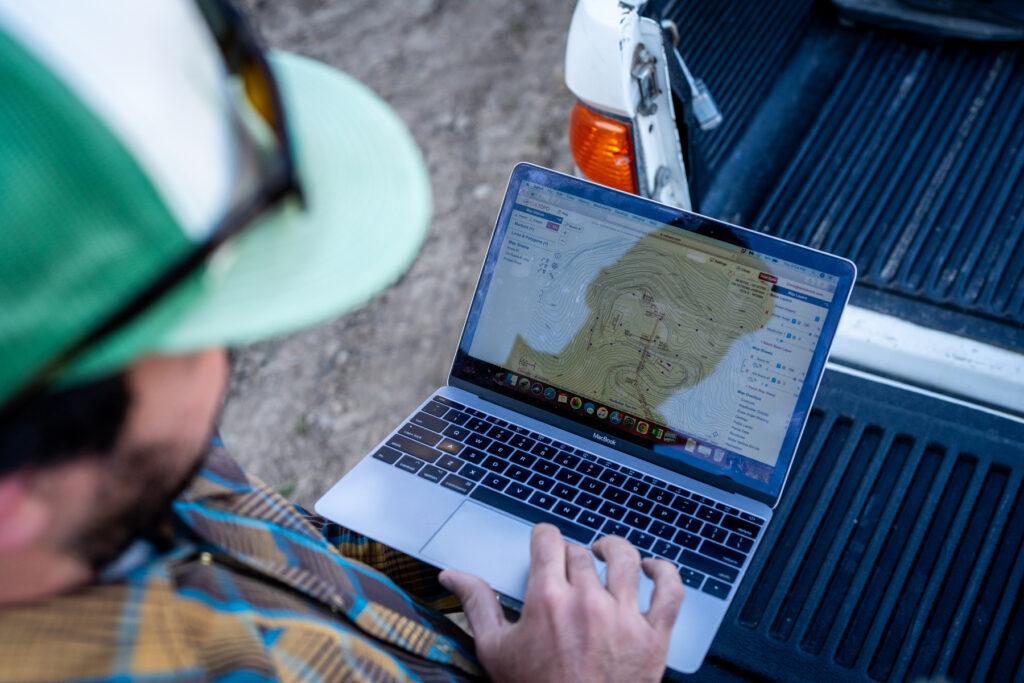
His ambitions, however, extend beyond slowing climate change. The long-term vision is to harness the combustion process to bake mud from a nearby silt-clogged reservoir into bricks and tile. It’s an idea he pitches as a potential win-win-win-win: a plan to cut climate-warming pollution, create jobs, open up space in a critical irrigation storage basin, and even conjure a small amount of water for local wildlife as a byproduct of the combustion process.
The challenge now is turning that expansive vision into a viable business.
“I have a problem where I tackle too many problems at once,” he said. “You can ask my wife about that.”
Of mud and methane
Caskey first arrived at his venture in 2017 while volunteering for the North Fork Coal Mine Methane Working Group, a panel organized by a conservation nonprofit to brainstorm strategies to cut pollution from active and retired coal mines.
At the time, Caskey was a research assistant professor at the Colorado School of Mines studying carbon capture, an emerging technology for trapping and storing climate-warming carbon dioxide before it enters the atmosphere.
He soon realized methane mitigation didn’t rely on any future scientific leaps. It simply required an economically feasible reason to burn the methane into carbon dioxide — a far weaker greenhouse gas. While the strategy doesn’t completely prevent additional warming, climate experts agree it and other approaches to rapidly reduce methane emissions could guard against an accelerated rise in temperatures over the next few decades and buy humanity time to cut trickier planet-warming gases like carbon dioxide.
Caskey initially joked about capturing methane to fuel the world’s largest pizza oven. A more realistic idea was generating electricity. Caskey started with a project at the nearby Elk Creek mine above Somerset that supplied methane power to Aspen Skiing Company, but it struggled to turn a profit amid competition from cheaper electricity generated by renewables and declining methane quality. In 2022, the Elk Creek project switched to simply burning the gas to sell carbon offset credits.
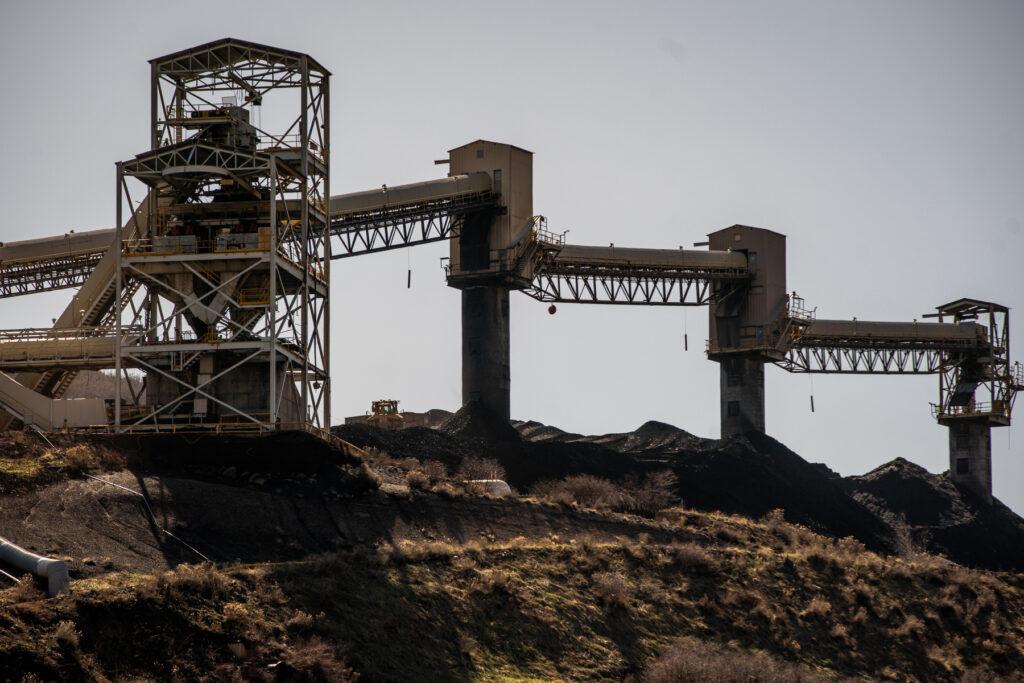
Another local challenge led Caskey to consider a new approach: ceramics manufacturing. In a narrow canyon a short drive from the mine site, Paonia Reservoir — fed by the aptly named Muddy Creek — is quickly filling up with sediment. Since its completion in 1961, the basin has lost a quarter of its water-holding capacity to the steady build-up of clay and silt, according to a recent study completed by the U.S. Bureau of Reclamation.
Caskey wondered if all that surplus sediment might be used as raw material for bricks and tiles that could be baked solid with methane harvested from the mine. To find out, he scooped a bit of the reservoir mud into a sandwich bag and drove it to the National Brick Research Center in South Carolina.
“They did some material science and said, ‘Yeah, this is good stuff,’” he said.
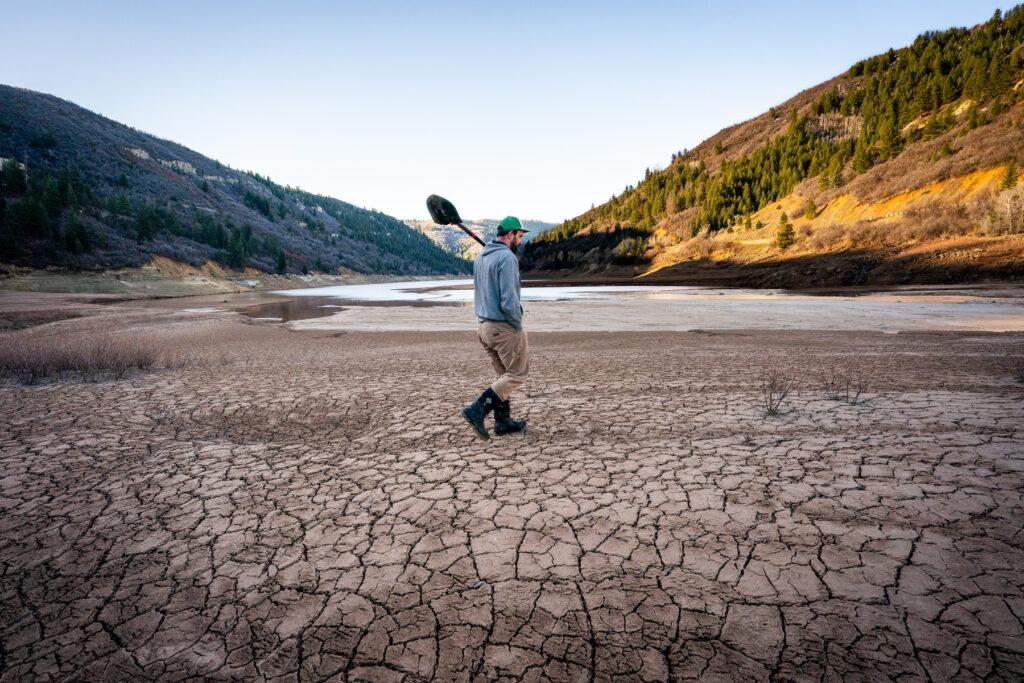
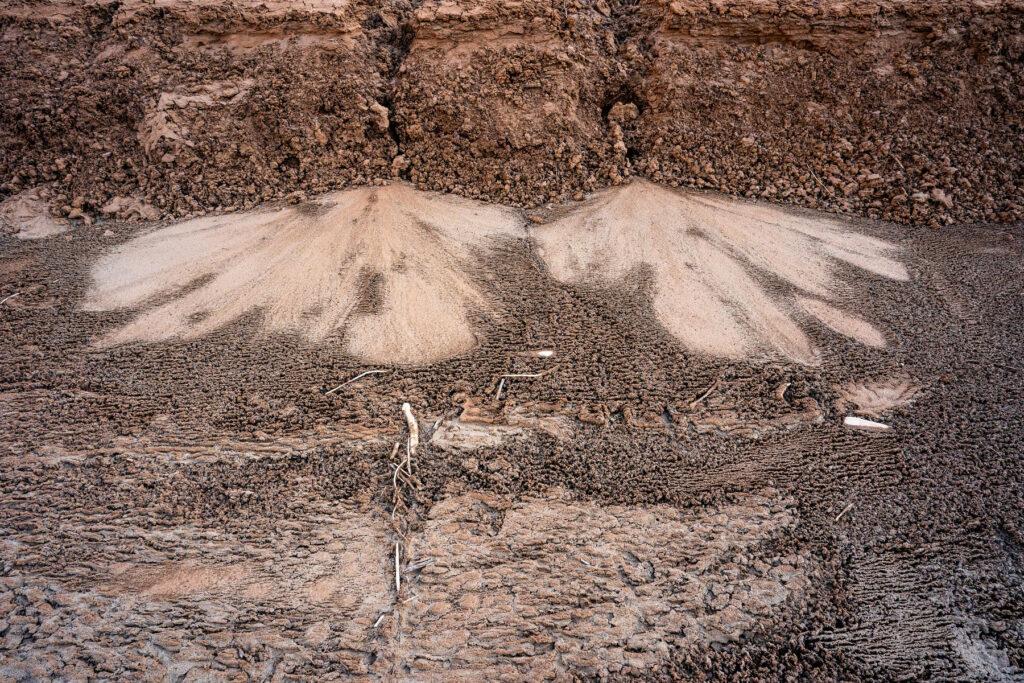
The findings inspired Caskey to quit his academic post and incorporate Delta Brick and Climate Company in 2018. The company now operates out of a workshop in Montrose, where the dry clay from the reservoir is mixed with water and pushed through an extruder Caskey proudly refers to as a giant Play-Doh machine.
The device can produce thicker slabs for bricks or pavers, but over the last few years, it’s mostly been used to lay out thinner sheets for terracotta tiles. In 2022, the company launched Particular Tile, a brand to market the final product to buyers looking for an unconventional kitchen backsplash or shower.
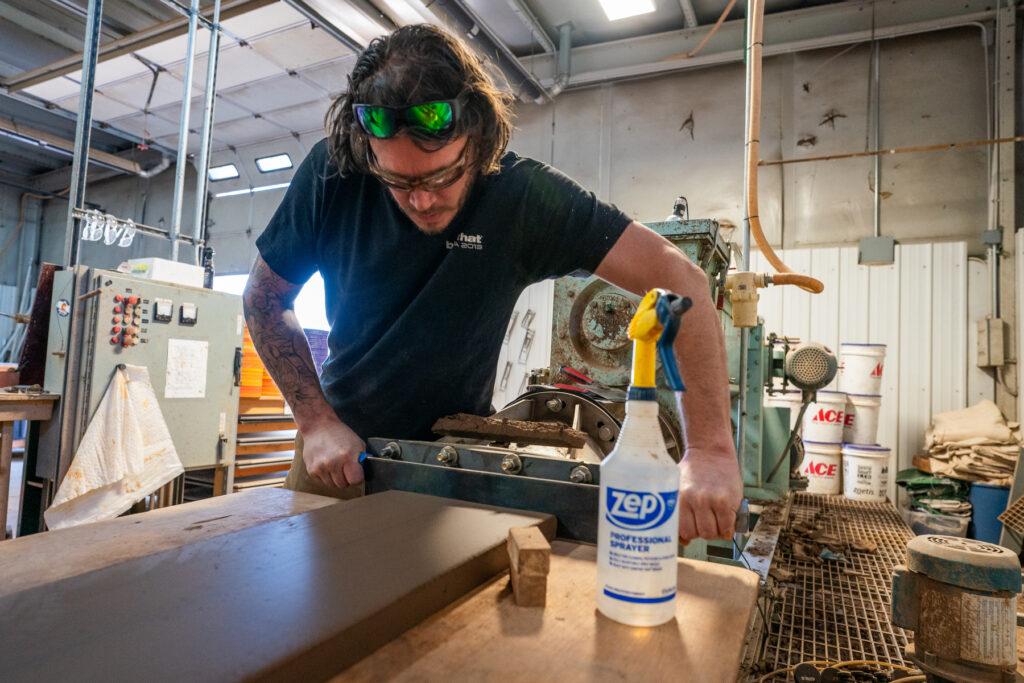
His staff creates specific shapes with a series of cookie-cutter-like devices, then dries the tiles on broad boards before they’re fired in kilns he hopes will soon be fueled with methane recovered from the mine.
Caskey is quick to acknowledge the operation won’t open water storage space in the reservoir anytime soon. His company removes a few dozen cubic yards of sediment from the reservoir each year — a fraction of the amount Muddy Creek delivers into the reservoir every day, according to federal government estimates.
“The quantity we’re getting out is vanishingly small compared to the quality that’s in there. It’s a nice story, but it’s not true impact,” Caskey said. “The methane capture — that’s the true impact.”
Mind on a mine-powered kiln
While Caskey has spent years pitching his vision of kilns powered by defunct coal mines, there’s currently no physical link between his roles as a tilemaker and a methane burner.
The connection, however, is starting to take shape at Bowie No. 1. After he starts burning the methane, Caskey hopes to bring kilns to the mine site by the end of the summer. His company would then siphon off a small portion of the gas to power the high-temperature ovens.
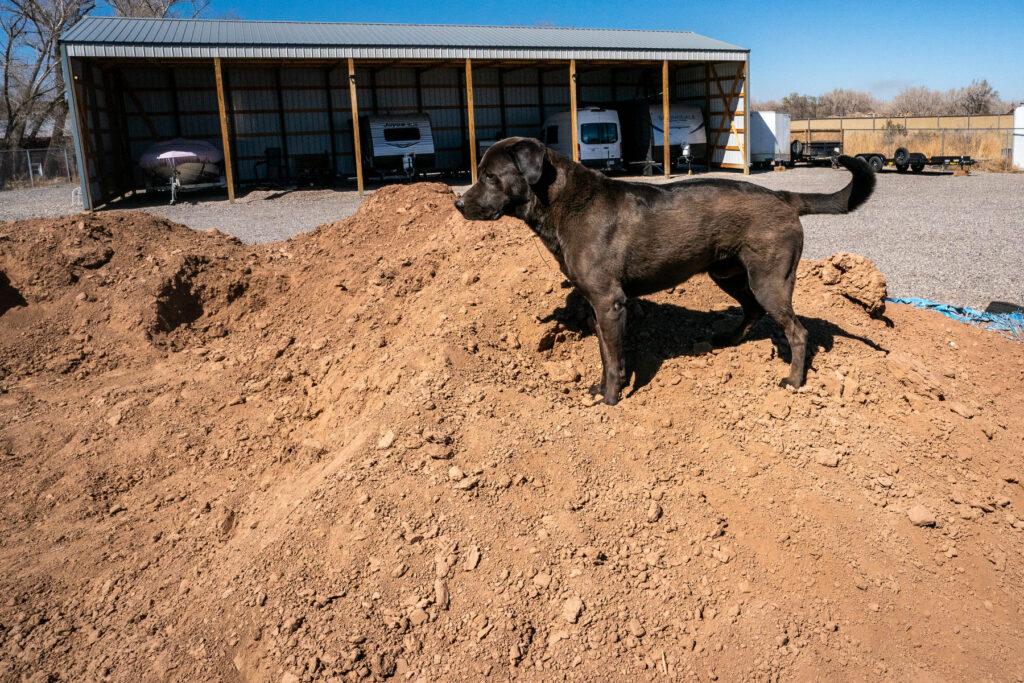
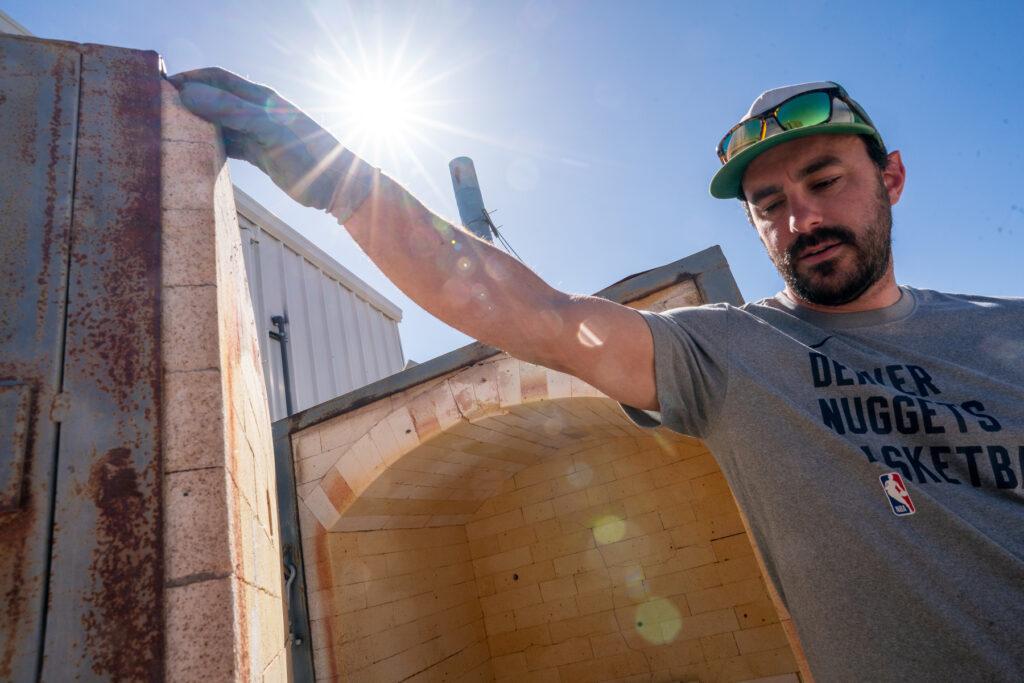
The operation will initially rely on methane pooling beneath the massive tarp laid across the hillside, but his long-term plan is to exploit more gas by boring directly into the mine opening. In October, he asked the Colorado Energy and Carbon Management Commission for a meeting to discuss the project and a drilling permit, but says he’s struggled to gain clarity from the regulatory agency.
“If you’re listening, ECMC, please reply to my email,” Caskey said.
It’s clear Gov. Jared Polis is eager to find ways to repurpose coal mine methane as a possible climate solution. In a recently updated climate policy roadmap, his administration directed state agencies to develop a “regulatory framework” in 2025 to approve coal methane mitigation projects.
Megan Castle, a spokesperson for the carbon management regulator, said the commission has determined it has the authority to approve the projects, but said Caskey has not applied for a drilling permit. It’s now working with other agencies to discuss the best system to consider and issue permits. “We appreciate Delta Brick's desire to move quickly on their development, and we will continue to work with them to get their project permitted,” Castle said.
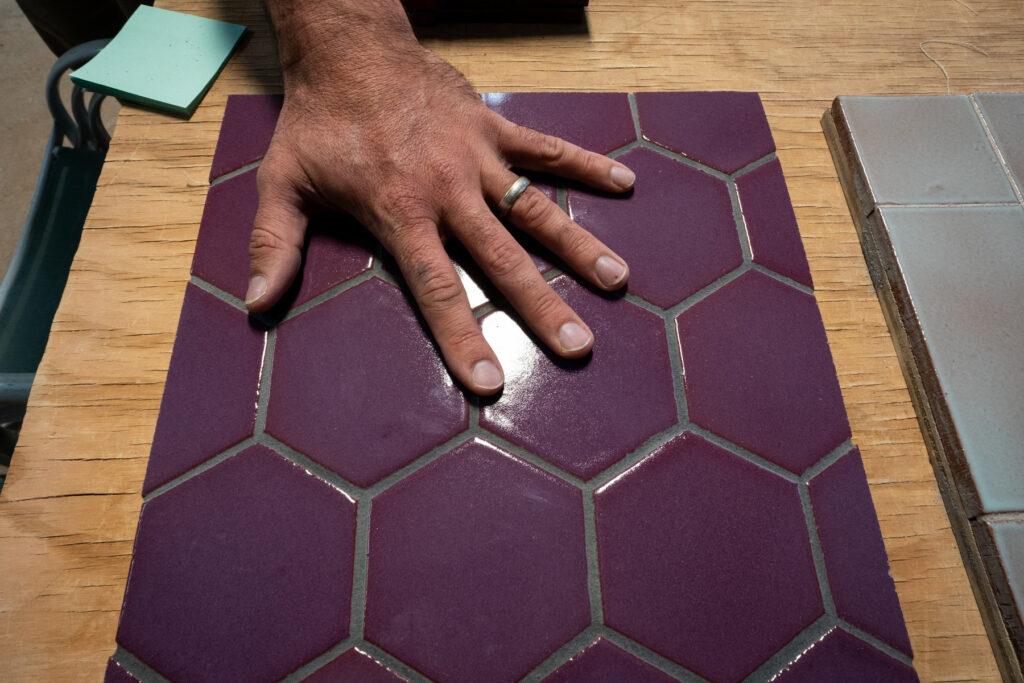
Bricks and tiles are far from the main way to profit from the abandoned mine’s methane. A more direct route is to sell pollution credits through California’s cap-and-trade program, which allows companies to offset their emissions by buying credits that financially support projects to capture and destroy methane.
That future funding steam is already firing Caskey’s imagination with other dreams for the mountainside. In a few years, he envisions it might host a small ceramics factory and greenhouses kept warm through the winter by the excess methane, all while water condenses inside the oxidizer before trickling down into pools to support migrating deer and elk.
“This methane problem can become a solution to multiple things,” Caskey said. “The coolest thing, I think, is the ability to stack on benefits to create a large amount of impact really quickly.”
EDITOR’S NOTE: A previous version of this story incorrectly reported that Delta Brick and Climate Company had applied for a state drilling permit. The company has not applied for a permit, but it has requested clarity on the next steps to approve the plan.








